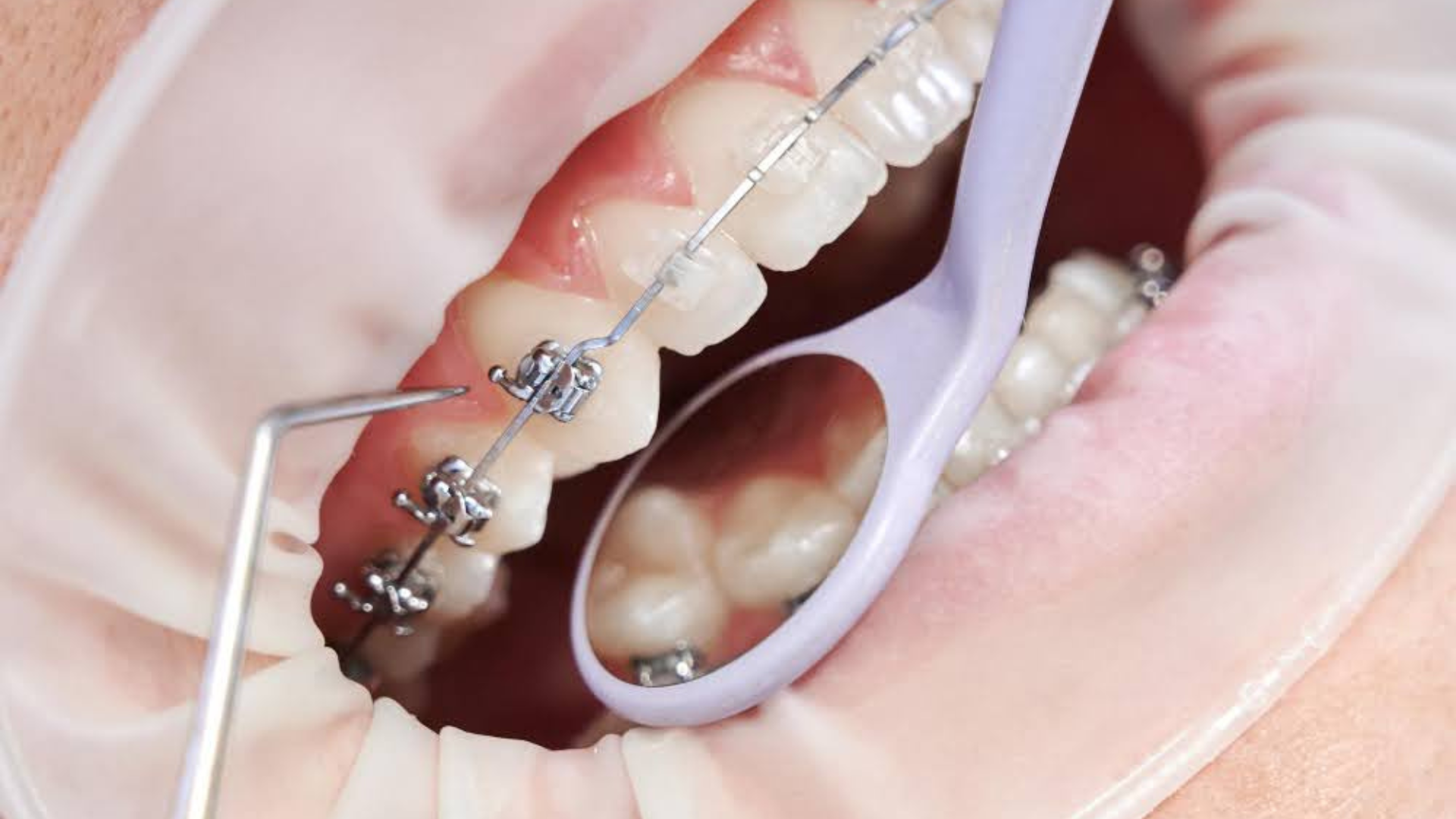Comprehensive Overview to Orthodontics Treatments for Fixing Oral Imbalances
In the world of orthodontics, the trip to attaining a flawlessly lined up smile includes a myriad of procedures tailored to correct dental misalignments. From traditional dental braces to undetectable aligners and also surgical options, the field of orthodontics uses a range of services to attend to differing degrees of oral irregularities. Understanding the details of each treatment, including their devices, advantages, and possible downsides, is crucial in making informed choices about one's orthodontic treatment. As we navigate via the comprehensive overview to orthodontic treatments for remedying dental misalignments, the complex details of each technique will unfold, clarifying the course towards a unified and practical dental alignment.
Orthodontic Procedures Summary

Regular modifications and surveillance are critical parts of orthodontic therapy to make sure progression is on track and to make any kind of needed modifications along the way. By going through orthodontic procedures, patients can not only achieve a straighter grin but also enhance their general dental wellness and function.
Traditional Dental Braces: Just How They Function
When taking into consideration orthodontic treatments for oral misalignments, traditional dental braces stick out as a time-tested approach for remedying teeth placing. Typical dental braces contain braces, wires, and bands that interact to apply continual pressure on the teeth, gradually relocating them right into the preferred alignment. The braces are affixed to the teeth using an unique adhesive, and the cords are threaded via the brackets. By readjusting the tension of the cables, orthodontists can regulate the direction and pressure used to each tooth, directing them into correct positioning in time.
As pressure is applied to the teeth through the dental braces, the bone bordering the teeth is improved to sustain the brand-new tooth settings. Individuals will need regular adjustments at the orthodontist's office to ensure the dental braces proceed to use the right pressure for effective teeth movement.
Unnoticeable Aligners: Benefits And Drawbacks
These clear, custom-made trays are basically unnoticeable when worn, making them an attractive option for individuals looking for a much more visually pleasing orthodontic therapy. Clients can get rid of the aligners before consuming or brushing their teeth, reducing the danger of food obtaining stuck in the home appliance and streamlining the cleaning process.

Surgical Orthodontic Options
Surgical interventions in orthodontics existing sensible alternatives for attending to complicated dental imbalances that might not be efficiently fixed through conventional orthodontic therapies. While unseen aligners and standard dental braces can remedy several orthodontic concerns, particular situations need medical treatment to achieve optimum outcomes. Surgical orthodontic alternatives are typically advised for extreme malocclusions, considerable jaw discrepancies, and instances where the underlying bone framework needs alteration to accomplish proper placement.
One usual surgical orthodontic procedure is orthognathic surgery, which involves rearranging the jaws to fix useful problems such as difficulty talking or chewing. This surgical procedure is typically performed in cooperation with an orthodontist who aids line up the teeth prior to and after the procedure. Surgical orthodontics might likewise involve treatments to expose affected teeth, remove excess gum tissue, or improve the jawbone to create a much hop over to these guys more unified facial profile.
Before taking into consideration surgical orthodontic alternatives, clients undertake an extensive analysis to identify the requirement and prospective advantages of such interventions. cumming invisalign. While surgical procedure may seem challenging, it can dramatically improve both the function and appearances of the smile in situations where standard orthodontic treatments fail
Retainers and Post-Treatment Care

Failing to comply with post-treatment care instructions can result in regression, where the teeth gradually move back in the direction of their initial settings. Constant retainer wear, excellent dental hygiene, and regular oral exams are crucial for keeping the outcomes accomplished through orthodontic surgical procedure and making sure the long-lasting stability of the dealt with oral placement.
Final Thought
In verdict, orthodontic procedures supply numerous options for remedying dental imbalances. Surgical orthodontic options are offered for extra serious imbalances. Overall, orthodontic procedures can efficiently boost dental health and wellness and aesthetic appearance.
As we browse via the extensive overview to next page orthodontic treatments for correcting dental misalignments, the complex details of each method will certainly unravel, shedding light on the path towards a functional and harmonious oral placement. - cumming orthodontics
One of the most usual orthodontic treatments is the use of dental braces, which are composed of metal braces and cords that use gentle pressure to slowly move teeth right into the desired position.When thinking about orthodontic treatments for dental imbalances, standard dental braces stand out as a reliable approach for fixing teeth placing. In addition, unseen aligners might not be ideal for complex orthodontic problems that need more considerable teeth motion, as they are typically suggested for light to moderate situations. Retainers are custom-made orthodontic tools created to hold teeth in their remedied settings after the conclusion of orthodontic treatment.